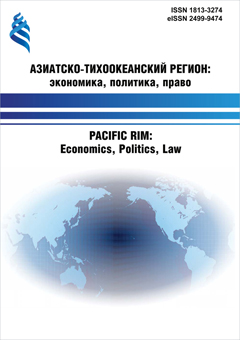DIFFICULT QUALIFICATION ISSUES OF EXCESS OF THE PERFORMER OF THE CRIME
DOI:
https://doi.org/10.24866/1813-3274/2023-2/130-141Keywords:
kurtosis of the executor of the crime, quantitative kurtosis of the executor, kurtosis in a smaller direction, complicity in a crime, unity of intent of accomplicesAbstract
Based on the analysis of the normative and judicial rules for the qualification of joint criminal activity, critical reflection on various theoretical approaches, and the results of sociological surveys, the article formulates recommendations on the criminal law assessment of the kurtosis of the perpetrator of the crime.
As a result of the study, the author states that the common intent of the accomplices determines the framework within which the perpetrator must act (inaction). At the same time, the agreement of the accomplices on the use of a specific method of committing a crime cannot be perceived as some kind of extremely clear "technical task", the deviation from which destroys the unity of intent. This agreement sets an upper limit beyond which the performer must not go. In turn, the lower limit of a single intent is determined by the purpose of the joint actions of the accomplices - for example, to steal certain property, kill a specific victim, or sell drugs. The exit of the performer beyond this border, i.e. the commission by him of actions that are contrary to the joint goal (for example, the destruction of someone else's property instead of stealing it, inflicting beatings on the victim instead of killing him), completely destroys complicity.
If the performer realizes the common goal of the accomplices and does not exceed the upper limit of the actions agreed with them, then he does not go beyond the common intent of the accomplices, even if he modifies the predetermined method of committing the crime. In the subjective plane, jointness as a sign of complicity in a crime suggests that all accomplices treat the jointly committed criminal act as "their own". The use by the perpetrator of a less dangerous method of committing a crime, provided that the common goal of the accomplices has been achieved, does not make the criminal act of the perpetrator “alien” for the other co-participants. In other words, in this case, the less dangerous act, actually committed by the performer, remains within the boundaries of a single intent, does not go beyond it, which excludes the excess of the performer.



